Define Work Done
Work done is a measure of the energy transfer that occurs when a force is applied to move an object over a certain distance. In simple terms, work is the product of force and displacement. Force is the push or pull applied to an object, and displacement is the change in its position. Mathematically, work (W) is expressed as W = F * d, where F is the force applied and d is the displacement. The unit of work is the Joule (J).
When a force is applied in the same direction as the displacement, all of the force contributes to the work. However, if the force and displacement are not in the same direction, only the component of the force in the direction of displacement is considered. Understanding work done is essential in various fields, such as physics and engineering, as it provides insights into the transfer and transformation of energy. Work done can be positive, negative, or zero, depending on the angle between the force and displacement vectors.
Work Done in Rotational Motion
In rotational motion, work done is the measure of energy transfer that occurs when a force acts on an object, causing it to rotate about an axis. When a torque (rotational force) is applied to an object and it undergoes angular displacement, work is done. The formula for rotational work done is analogous to linear work done, expressed as the product of torque and angular displacement. Specifically, it is given by the equation:
Work = torque × angular displacement × cos (Θ)
Where Θ is the angle between the applied torque and the direction of angular displacement. If the angle is 90 degrees, the cosine term becomes zero, signifying that no work is done. Rotational work done contributes to changes in an object’s rotational kinetic energy, much like linear work contributes to changes in linear kinetic energy in translational motion.
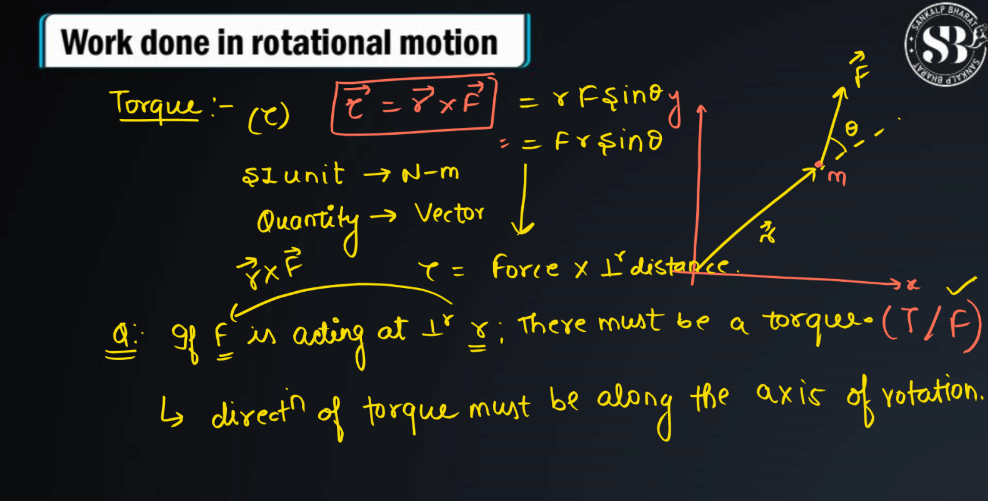
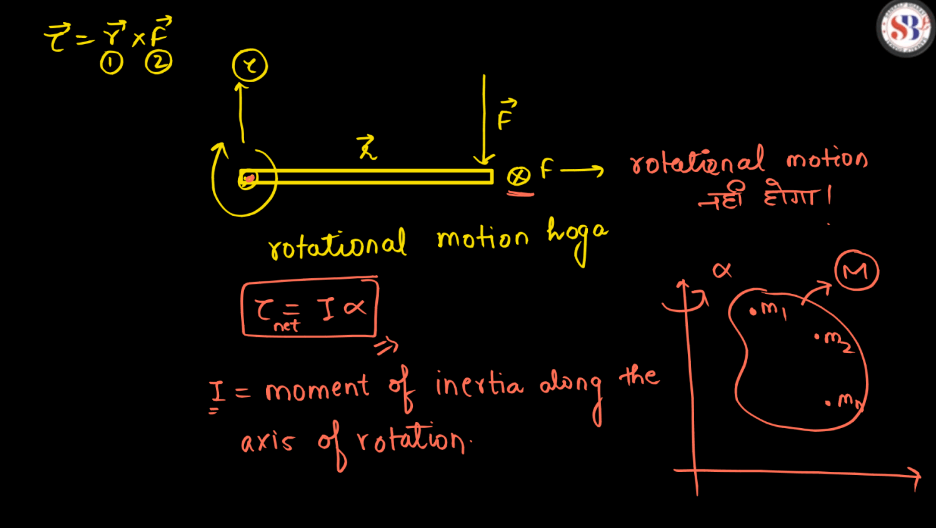
Define Kinetic Energy
Kinetic energy is the energy an object possesses due to its motion. It’s a concept rooted in the idea that moving things can do work or cause changes. The amount of kinetic energy depends on both an object’s mass and its velocity. Consider a speeding car – it has kinetic energy because it’s in motion. If you were to double its speed, the kinetic energy would increase fourfold because the formula for kinetic energy is KE = 1/2 mv², where m is the mass and v is the velocity.
This formula highlights the importance of both speed and mass in determining kinetic energy. In everyday scenarios, think of a thrown ball or a rolling bicycle; they possess kinetic energy proportional to their mass and how they’re moving. When objects collide, the transfer of kinetic energy is crucial in finding ranging from physics and engineering to sports, where the dynamics of motion play a significant role.
Kinetic Energy of a Rotational Motion
The kinetic energy of rotational motion in simple terms. Imagine you have a spinning top. The faster it spins and the more mass it has, the more “rotational energy” it possesses. The kinetic energy of rotational motion depends on two things: how fast it’s spinning (angular velocity) and how much mass is distributed from the axis of rotation (moment of inertia). The formula for rotational kinetic energy is similar to the linear kinetic energy formula (KE = 1/2 mv²), but it involves the moment of inertia and angular velocity instead. So, in simple terms, when an object is rotating, its kinetic energy depends on how fast it’s spinning and how its mass is distributed from the center of rotation. Spinning faster or having more mass at a distance increases its rotational kinetic energy.
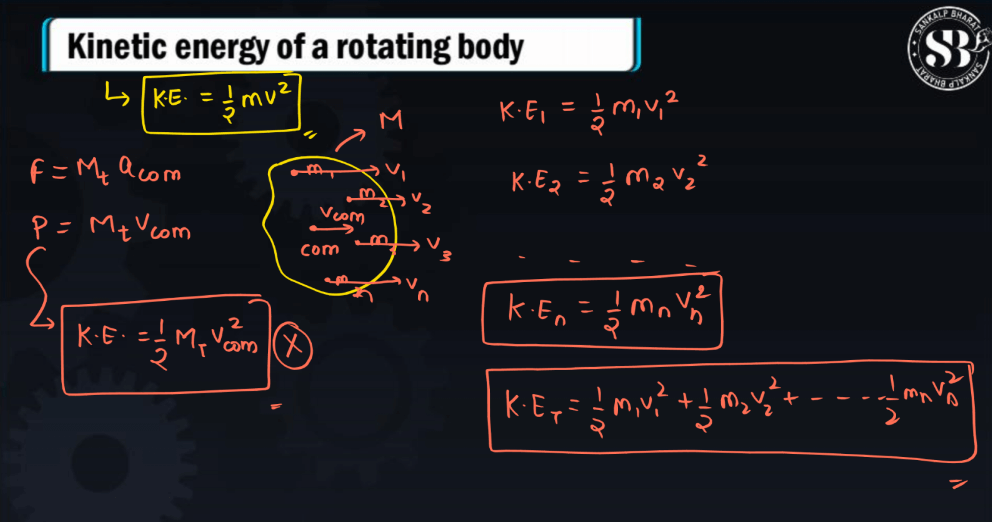
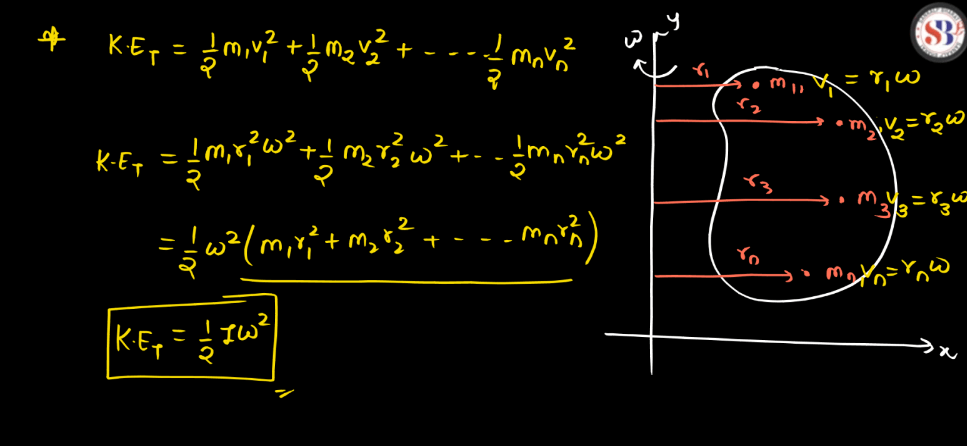
Work Done and Kinetic Energy: Work-Kinetic Theorem
The work-energy theorem states that the work done on an object is equal to the change in its kinetic energy. In mathematical terms, it can be expressed as W = ΔKE, where W is the work done on the object, and ΔKE is the change in kinetic energy. This theorem highlights the connection between the concepts of work and energy, emphasizing that when work is done on an object, it results in a change in its kinetic energy. Kinetic energy is the energy associated with an object’s motion, and work is the transfer of energy that occurs when a force is applied to an object, causing it to move. In summary, the work-energy theorem provides a useful tool for understanding and analyzing the energy changes in a system by considering the work done on an object and its resulting change in kinetic energy.
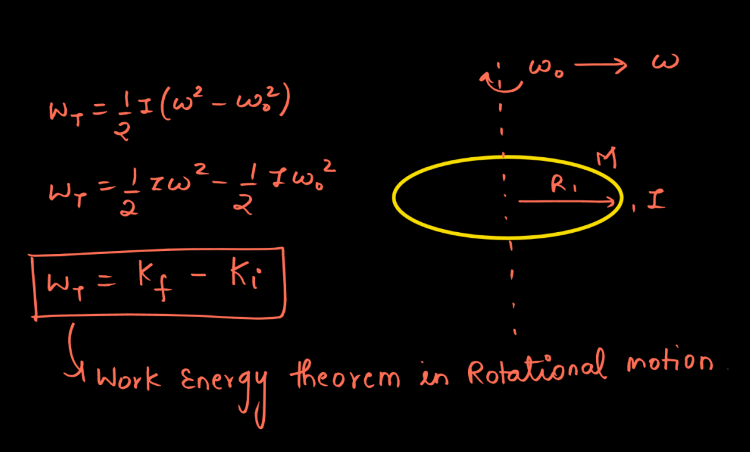



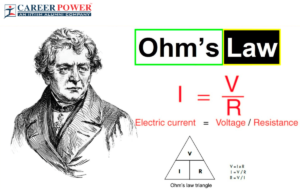 Ohm's Law: Definition, Formula, Limitati...
Ohm's Law: Definition, Formula, Limitati...
 Newton's First Law of Motion: Definition...
Newton's First Law of Motion: Definition...
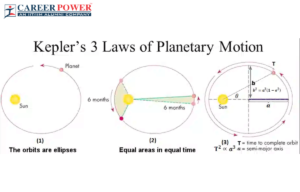 Kepler's Laws of Planetary Motion: First...
Kepler's Laws of Planetary Motion: First...













